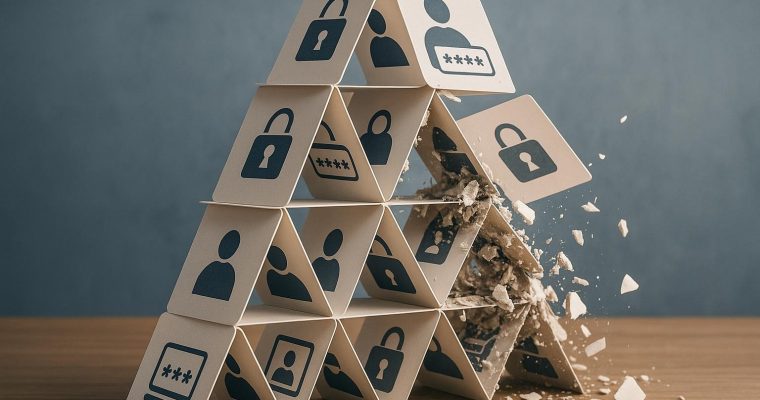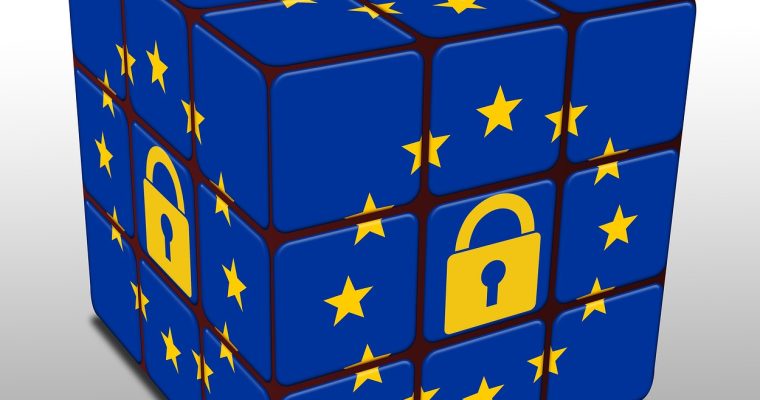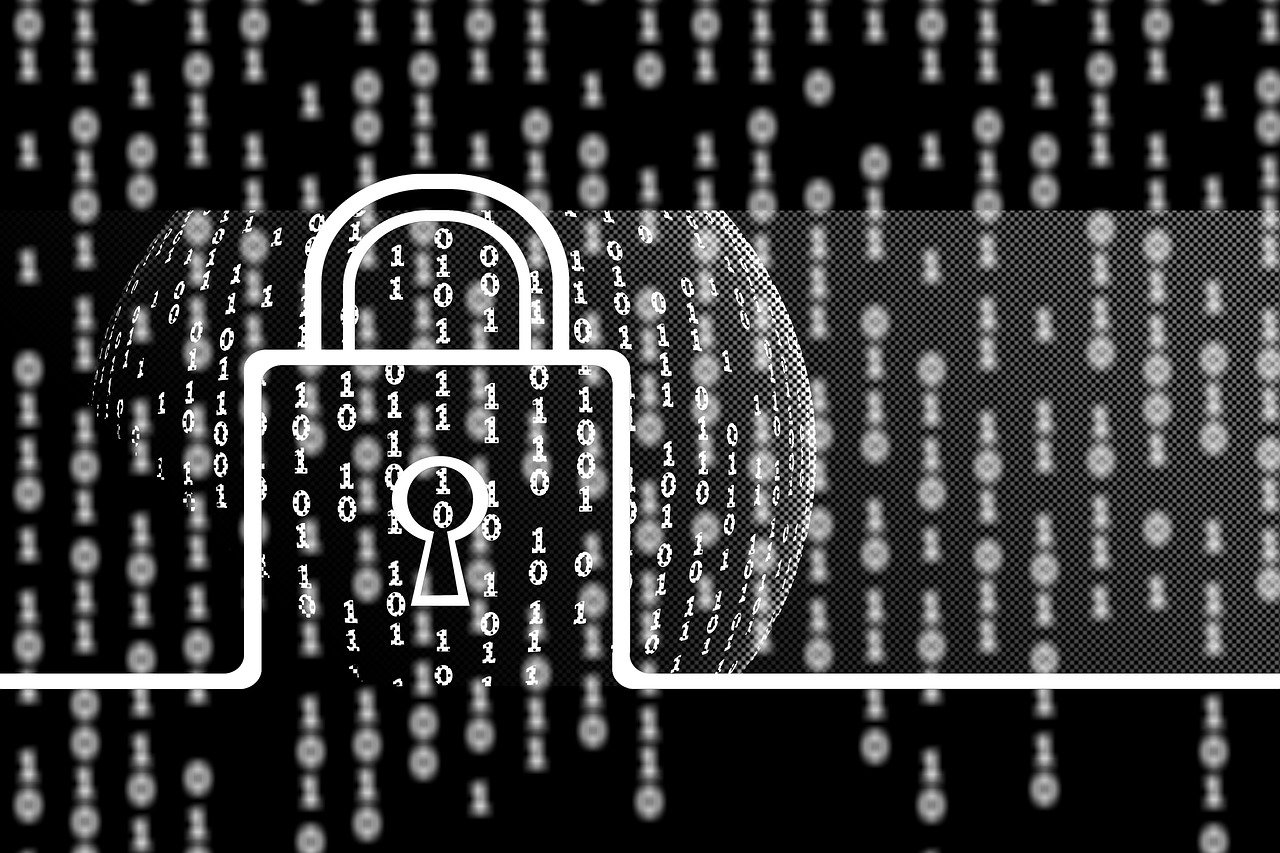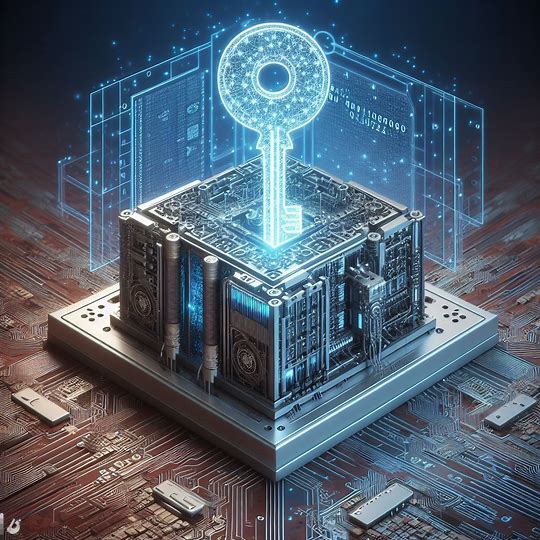Too Big to Fail, Too Centralised to Survive: What 16 Billion Leaked Logins Tell Us About the Wrong Kind of Scale
When 16 billion credentials turn up in a single breach compilation, it should shake us. But it doesn’t. Not anymore. And that’s the problem. In the latest reminder that password-based security is a brittle mess, security researchers revealed a mega-leak containing more than 16 billion …







